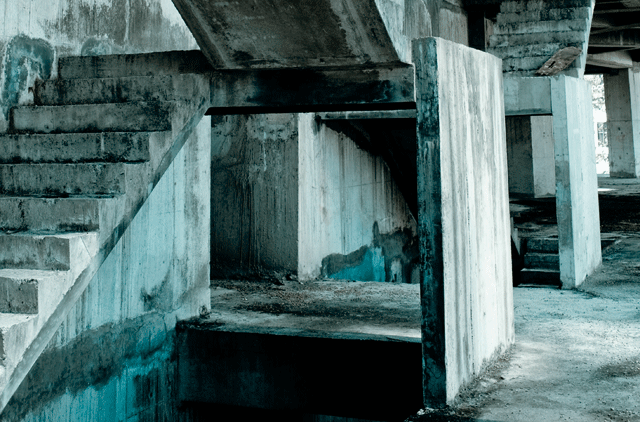
Property disputes in the UAE have mostly centred on contractual breaches or construction anomalies. The fate of half-constructed buildings dotting the skyline has rarely attracted much attention. The fact is that these relics of the industry's heyday are legal trouble spots for the developer and contractor involved, considering that many of these towers could suffer possible structural damage after being abandoned and left exposed to the elements.
In some instances, prolonged exposure to the elements can cause the building structure to have defects that aren't immediately apparent, raising liability issues in the future. The defects liability period obliges the contractor to rectify defects and snag items within the 12-month period after practical/substantial completion of the structure. In normal course, under a building contract the developer may wish to retain a percentage of certified payments to the building contractor to incentivise the contractor to finish the works and remedy any defects. "If the contractor fails to do so, the developer can use the retention [money] to rectify the defects," says Mark Fraser, partner at the law firm, Taylor Wessing.
"The factors affecting deterioration [of a building] include the stage at which construction was stopped, the quality of build, duration of exposure and protection to exposure," says Tanmay Biswas, principal engineer, Meinhardt Dubai. While incomplete sites face the risk of corrosion of exposed steel bars and site flooding if de-watering is turned off, on the other hand, for completed structures it's the MEP (mechanical-electrical-plumbing) installations that face the threat of deterioration.
Meanwhile, decennial liability, imposed in Dubai under Article 880 of the UAE Federal Civil Code, puts the onus of total or partial collapse of a structure on the contractor and the supervising architect and runs for a period of ten years from handover.
Decennial liability is insurance that is taken out by contractors that covers costs associated with the potential collapse of the building after completion. "Article 880 imposes strict liability on the contractor and design consultant regardless of fault or breach of contract," says Fraser.
The obligation to compensate remains notwithstanding that the collapse or defect arises out of a defect in the land or that the developer consented to the construction of the defective buildings or installation. "However, the original designer cannot be held responsible for any latent defects since he did not factor in the delay or exposure to the elements. The liability also doesn't apply to consultants," says Fergal Harris, director of commercial real estate in the region at Standard Chartered Bank.
Restarting a project
A developer looking to restart construction on an abandoned site needs to prepare for several pitfalls. While the party has to undertake thorough investigation and rectification works to determine the level of damage that has occurred, it also has to factor in the redesign costs if there is a change of use and the cost of reapplication for authority permits. The developer will also have to factor in the applicability of new regulations.
Another bone of contention is handling the costs of maintaining temporary structures and site security while construction is at a standstill. There is also the issue of a site potentially being a health hazard.
Insurance professionals stress the need to extend the warranties for equipment onsite to insure against physical loss or damage during the period of standstill. "Policies usually get terminated during the standstill period. Instead, they should be valid through the standstill period with reduced perils. When construction restarts, the underwriter can revert to the terms of the old policy," suggests Wayne Snow, senior client manager, risk management, Marsh Insco.
Professional indemnity insurance
The unavailability of bank credit has triggered a rash of property-related disputes among industry stakeholders, including contractors, sub-contractors, developers, consultants and investors. Amid much finger pointing, market players have often resorted to the cover of professional indemnity (PI) insurance in liability disputes.
"Professional indemnity insurance does cover legal liability, but only to the level of the exercise of reasonable skill and care. Where the exposure is higher, such as strict liability under Article 880, professional indemnity insurance will not cover the risk," says Fraser.
Drawing parallels to the Asian Financial Crisis in 1997 when the baht's devaluation led to a massive development slowdown in Thailand, Harris recounts how developers recommenced work on the half-complete structures almost nine years later.
"In the current market, banks are unwilling to begin lending to restart these buildings as there is so much oversupply. If you're re-engaging in a project, it is also critical to make an honest evaluation of your cash flow," he says. "Pick a property that makes commercial sense. An empty, half-finished building, regardless of the value of the plot it stands on, has zero value."
Dispute resolution
"Arbitration tends to be a preferred mode of dispute resolution (in property disputes) since there are no developed specialist construction courts here. Arbitration enables parties to arrange for their cases to be heard before specialist arbitrators with knowledge of the construction industry."
Mark Fraser, partner, Taylor Wessing











